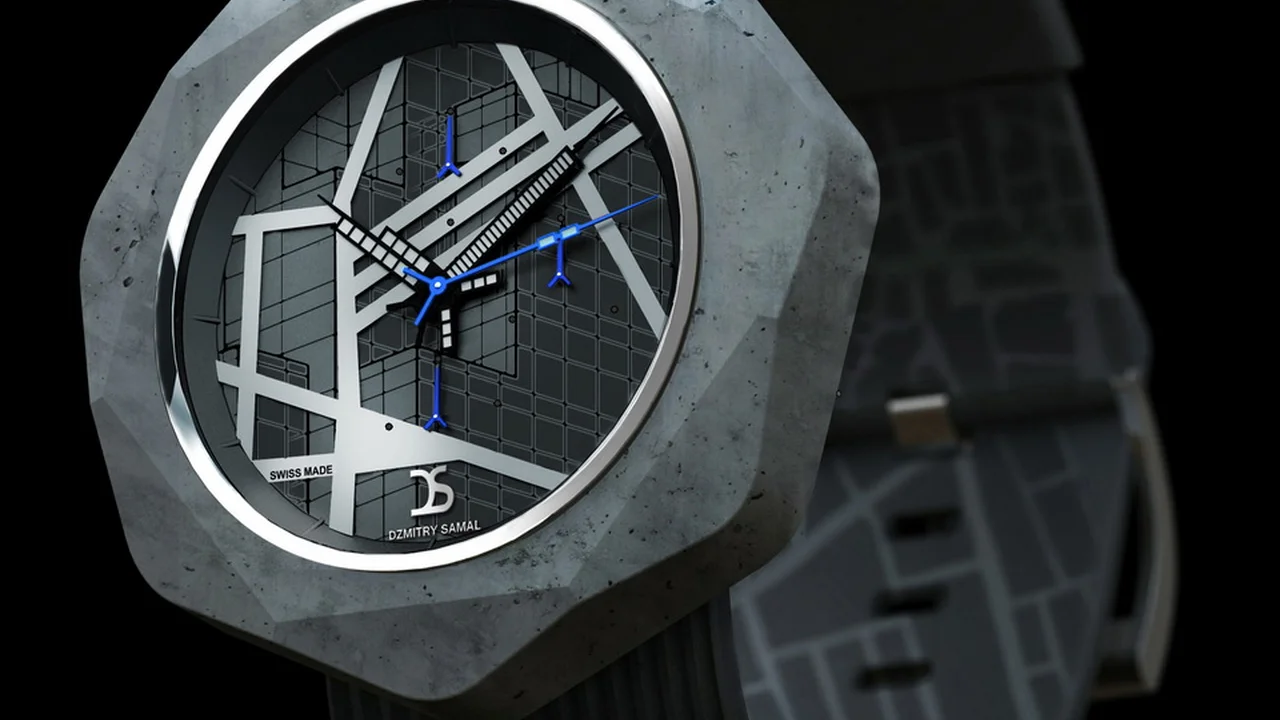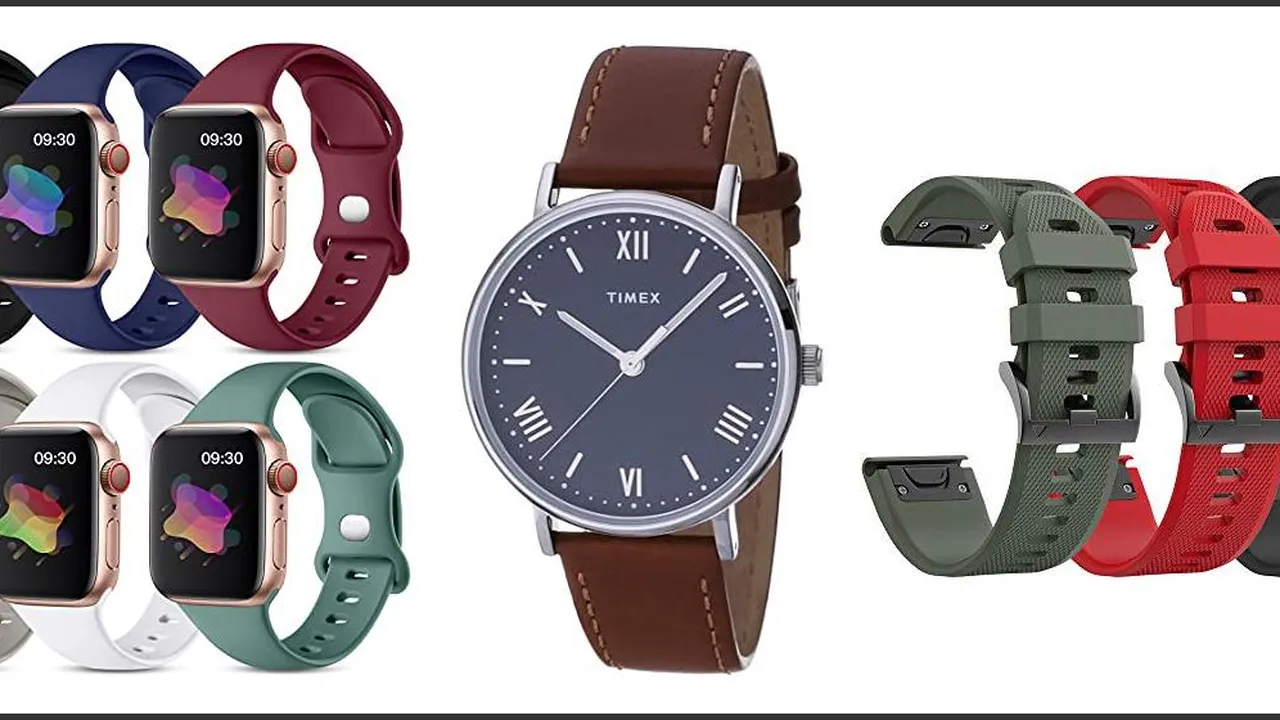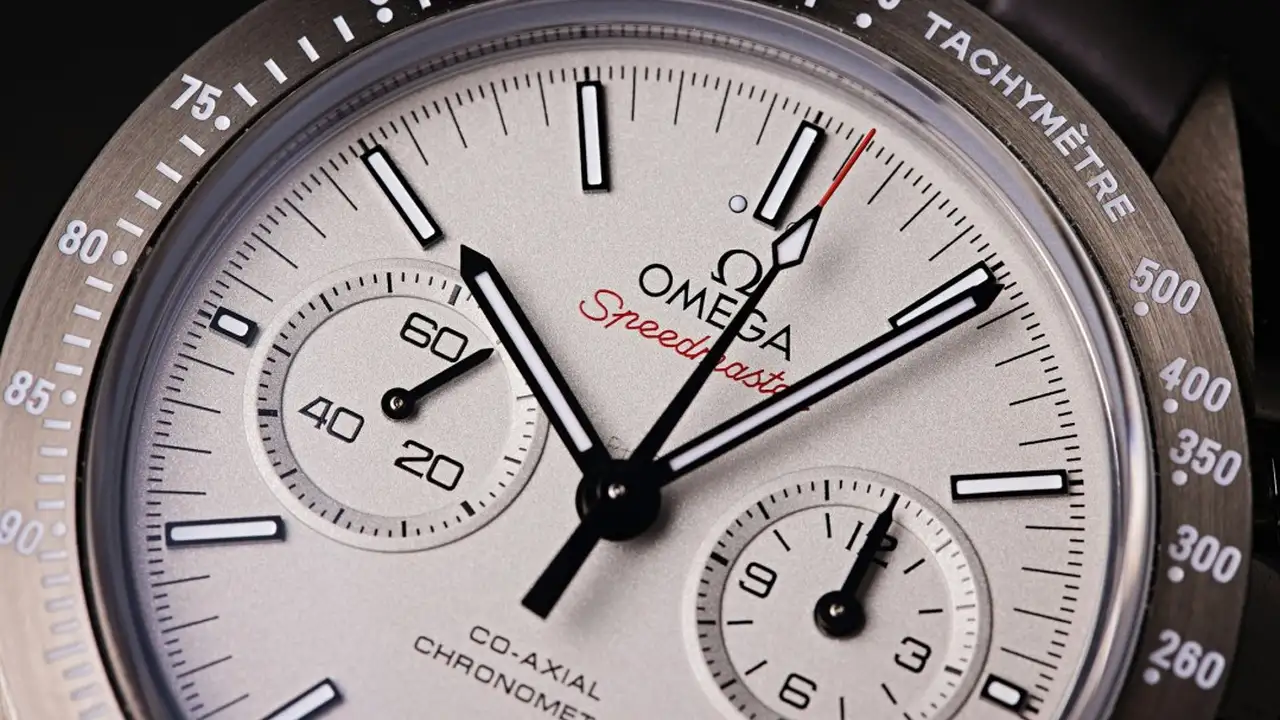Watch Materials Guide: Steel, Titanium, and More
Discover the various materials used in watchmaking, such as stainless steel, titanium, and ceramic. Learn about their properties, durability, and aesthetic appeal.

Introduction to Watch Materials: Why It Matters
Hey there, watch enthusiasts! Ever wondered why some watches feel light as a feather while others have that satisfying heft? The answer lies in the materials used to craft them. From the classic gleam of stainless steel to the high-tech allure of ceramic, the choice of material significantly impacts a watch's durability, comfort, and overall aesthetic. Let's dive into the world of watch materials and see what makes each one tick (pun intended!).
Stainless Steel: The Timeless Classic
Stainless steel is the workhorse of the watch industry, and for good reason. It's durable, corrosion-resistant, and relatively affordable, making it a popular choice for everything from everyday wear to rugged sports watches.
Properties of Stainless Steel in Watches
- Durability: Stainless steel can withstand everyday wear and tear, resisting scratches and dents.
- Corrosion Resistance: It won't rust or tarnish, even with exposure to moisture.
- Hypoallergenic: Generally safe for most skin types, minimizing allergic reactions.
- Versatility: Can be polished, brushed, or coated in various finishes to achieve different looks.
Popular Stainless Steel Watches and Their Use Cases
- Seiko 5 Series: An excellent entry-level automatic watch, perfect for daily wear. Its stainless steel case offers robustness without breaking the bank. (Price: ~$100-250)
- Tissot PRX: Sporty and stylish, the PRX is a versatile option for both casual and semi-formal occasions. The integrated stainless steel bracelet adds to its appeal. (Price: ~$375-700)
- Rolex Submariner: An iconic dive watch, the Submariner's 904L stainless steel case (more corrosion resistant than standard 316L) ensures it can handle the rigors of underwater exploration and everyday life. (Price: ~$9,000+)
Comparing Different Grades of Stainless Steel
While most watches use 316L stainless steel, some higher-end models, like the Rolex Submariner, use 904L. 904L offers superior corrosion resistance due to its higher chromium, molybdenum, and nickel content. However, 316L is still an excellent choice for most applications.
Titanium: Lightweight and Strong
Titanium is a premium material known for its lightweight feel and exceptional strength. It's a great option for those who want a durable watch that won't weigh them down.
Properties of Titanium in Watches
- Lightweight: Significantly lighter than stainless steel, making it comfortable to wear for extended periods.
- High Strength-to-Weight Ratio: Extremely strong and resistant to bending or breaking.
- Hypoallergenic: Even more hypoallergenic than stainless steel, making it ideal for sensitive skin.
- Corrosion Resistance: Highly resistant to corrosion, even in harsh environments.
Popular Titanium Watches and Their Use Cases
- Citizen Promaster Diver: A robust dive watch made from Super Titanium (Citizen's proprietary hardened titanium), offering excellent durability and scratch resistance for underwater adventures. (Price: ~$400-800)
- Grand Seiko Elegance Collection: Some Grand Seiko models use high-intensity titanium for a lightweight and comfortable feel, combined with the brand's signature Zaratsu polishing for a stunning finish. (Price: ~$4,000+)
- Pelagos FXD: Tudor's titanium dive watch made in collaboration with French Navy divers. Rugged and lightweight, it's perfect for military use or any adventure where weight is a concern. (Price: ~$4,000+)
Comparing Titanium Grades and Finishes
Like stainless steel, titanium comes in different grades. Grade 2 and Grade 5 are commonly used in watches. Grade 5 is stronger but more difficult to machine. Titanium can be finished in various ways, including brushed, polished, and sandblasted. DLC (Diamond-Like Carbon) coatings can also be applied for enhanced scratch resistance.
Ceramic: Scratch-Resistant and Stylish
Ceramic is a modern material known for its exceptional scratch resistance and sleek appearance. It's a popular choice for those who want a watch that will look new for years to come.
Properties of Ceramic in Watches
- Scratch Resistance: Highly resistant to scratches, keeping the watch looking pristine.
- Lightweight: Lighter than stainless steel, though heavier than titanium.
- Hypoallergenic: Safe for sensitive skin.
- Color Retention: Colors won't fade over time.
Popular Ceramic Watches and Their Use Cases
- Rado True Thinline: Known for its minimalist design and full ceramic case and bracelet, offering a comfortable and scratch-resistant wearing experience. (Price: ~$2,000+)
- Omega Speedmaster Dark Side of the Moon: A striking chronograph with a black ceramic case, offering a unique and durable alternative to stainless steel. (Price: ~$12,000+)
- Hublot Big Bang: Hublot is known for using ceramic in many of its watches, often combined with other materials like titanium and gold, for a bold and luxurious look. (Price: ~$10,000+)
Understanding Different Types of Ceramic
Watch cases are typically made from high-tech ceramic, also known as zirconium oxide ceramic. This material is incredibly hard and scratch-resistant. Ceramic can be produced in various colors, from classic black and white to more vibrant hues.
Other Watch Materials to Consider
Beyond stainless steel, titanium, and ceramic, other materials are used in watchmaking, each with its own unique characteristics:
- Gold: A precious metal offering a luxurious look and feel. Available in various colors, including yellow gold, white gold, and rose gold.
- Platinum: An even more precious metal than gold, known for its density and rarity.
- Carbon Fiber: A lightweight and strong material often used in sports watches.
- Bronze: A material that develops a unique patina over time, giving the watch a vintage look.
- Sapphire Crystal: Used for watch crystals due to its exceptional scratch resistance. Significantly more resistant than mineral crystal or acrylic.
Choosing the Right Material for Your Watch
When choosing a watch material, consider your lifestyle, preferences, and budget. Stainless steel is a great all-around option, while titanium is ideal for those who prioritize lightweight comfort. Ceramic offers exceptional scratch resistance, and precious metals provide a touch of luxury.
Caring for Your Watch Materials
Regardless of the material, proper care is essential to keep your watch looking its best. Clean your watch regularly with a soft cloth and avoid exposing it to harsh chemicals. For more delicate materials like gold or platinum, consider professional cleaning.
So there you have it – a comprehensive guide to watch materials. Hopefully, this helps you make an informed decision when choosing your next timepiece. Happy watch hunting!
:max_bytes(150000):strip_icc()/277019-baked-pork-chops-with-cream-of-mushroom-soup-DDMFS-beauty-4x3-BG-7505-5762b731cf30447d9cbbbbbf387beafa.jpg)





